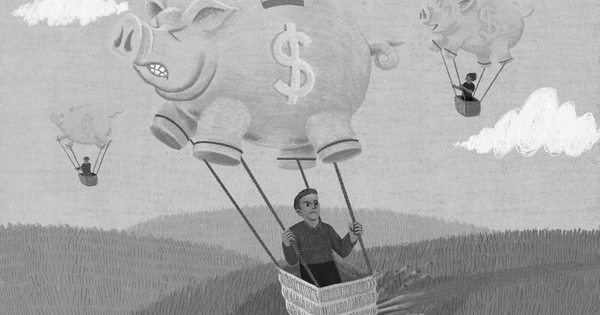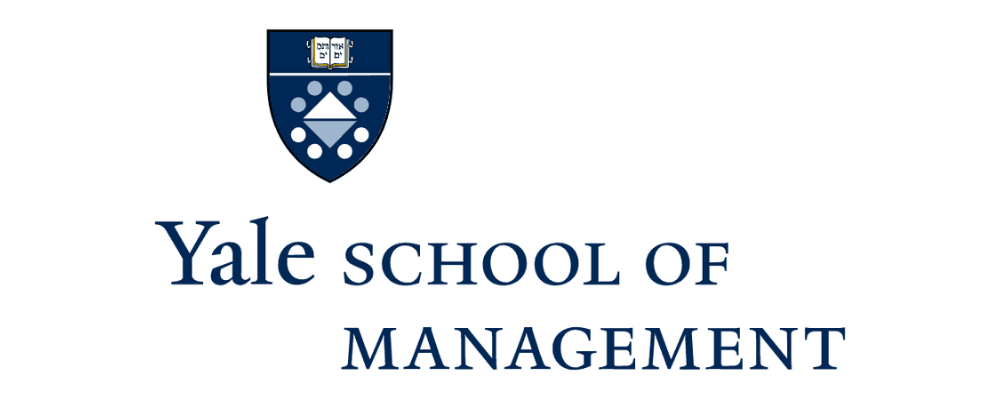
As a young finance scholar, one of the first topics Professor James Choi tackled was how automatic enrollment in retirement plans affects Americans’ saving. Two decades ago, putting employees into a 401(k) by default, rather than requiring them to proactively opt in, was a novel idea. Choi and his collaborators found that this small nudge yielded significant effects: at one company they studied, automatic enrollment increased 401(k) participation rates by almost 70 percentage points five months after hire, and by 28 percentage points four years after hire, relative to an opt-in enrollment system.
“At that time, the prevailing view was that something so minor couldn’t possibly affect such a high-stakes decision as retirement savings,” Choi says. “So the fact that you did see these huge effects was a real eye-opener.”
Choi’s findings helped motivate federal legislation such as the 2006 Pension Protection Act, which encouraged companies to automatically enroll and automatically escalate employees’ savings (increasing a worker’s 401(k) contribution rate over time, usually by 1% of income each year). With such practices now in place at many companies, Choi and his colleagues were curious to know how their findings have held up.
“We’re in this era where automatic enrollment is quite common and legislatively encouraged, and we wanted to know, how does this thing behave in the real-life situation in which it’s been deployed?” Choi says. “Let’s take this finding that we had and try to break it. What are the limits? What are the boundaries?” Scholars, he adds, “should try to be the toughest critics of our own work, and not be advocates who are hardened into a certain position.”
In their new study, Choi and his co-authors, Jordan Cammarota of the University of California, Berkeley, and David Laibson, Richard Lombardo, and John Beshears of Harvard University, find that automatic enrollment and automatic escalation yield only modest effects. Once they account for the realities of Americans’ job-switching and savings behaviors, automatic enrollment and automatic escalation increase net savings by just 0.6% and 0.3% of income per year, respectively. These estimates are on average 72% smaller than what is obtained by previously used methods that take into account fewer factors.
The authors arrived at this conclusion by analyzing real-world data covering over 118,000 employees at nine firms that had either introduced automatic enrollment, introduced default auto-escalation, or introduced the two nudges simultaneously for new hires only between January 2003 and January 2011. They compared those who were hired in the year after the policy introductions to those hired in the year before, to estimate how those nudges affected workers’ savings behavior.
Their methodology departed from earlier approaches in several ways.
First, they took into account the propensity of workers to leave their jobs and withdraw their accumulated savings on the way out the door. About 4% of U.S. workers leave their job every month, and in the authors’ sample, employees who leave their job cash out about 40% of their 401(k) balances. In addition, many of these employees forfeit employer matching money because they have not stayed at the firm long enough for these matches to become fully vested. In earlier research, Choi and his collaborators had removed these job leavers from their analysis and calculated their results based only on the workers who remained at the same firm.
Second, they tracked whether employees who were enrolled in auto-escalation by default actually increased their contribution rates according to the automatic schedule. One of their more surprising findings was that only 40% of workers accepted auto-escalation, far less than the 85% found by authors of an influential 2013 study.
Collectively, this translates into a meaningful pot of foregone savings.
Choi says that some people love to save money and will do so without prompting; nudges such as automatic enrollment and auto-escalation are likely to have the strongest initial effect on those with weaker motivations to save. His new research suggests that automatic enrollment and escalation, while cheap to implement and still helpful, are not having the big impact that policymakers hoped for, because reluctant savers later undo nudges on other margins.
“The job transition moment is potentially a key weakness in the U.S. retirement savings system, because that’s when a lot of the money flows out. You could slam shut those gates and not allow people to take out the money for any reason whatsoever,” Choi says. On the other hand, he notes, such a policy might reduce saving overall: “You could imagine people thinking, ‘If I really can’t get my 401(k) money until I’m 60 years old, I’m going to preemptively reduce my contributions or not contribute at all.’”
If nudging in the current retirement savings system has only modest efficacy and discouraging withdrawals could backfire, what is left? Choi says he has “gotten more sympathetic” to government-administered forced savings schemes with high minimum requirements, such as those in Singapore and Australia, although he acknowledges that requiring everyone to save, say, 15% of their income could lead to financial hardship for some people. He also wonders whether so many people were withdrawing their balances when they leave a job because they simply needed the money, pointing to survey data showing that many Americans could not come up with $400 in an emergency. These musings have led him to start studying automatic-enrollment savings programs in the U.K. that aim to help workers build up rainy-day funds.
All of this underscores the importance of looking not just at retirement savings, but a person’s overall financial health. In other research, Choi has found that workers who increased their retirement savings sometimes did it by increasing their credit card debt, rather than cutting spending. “You need to look at the whole person, the whole balance sheet, the whole picture of life, to see what the true impact of a policy is,” he says. “You can’t just look under the lamppost, even though sometimes pretty interesting things happen under the lamppost.”
“The Yale School of Management is the graduate business school of Yale University, a private research university in New Haven, Connecticut.”
Please visit the firm link to site


